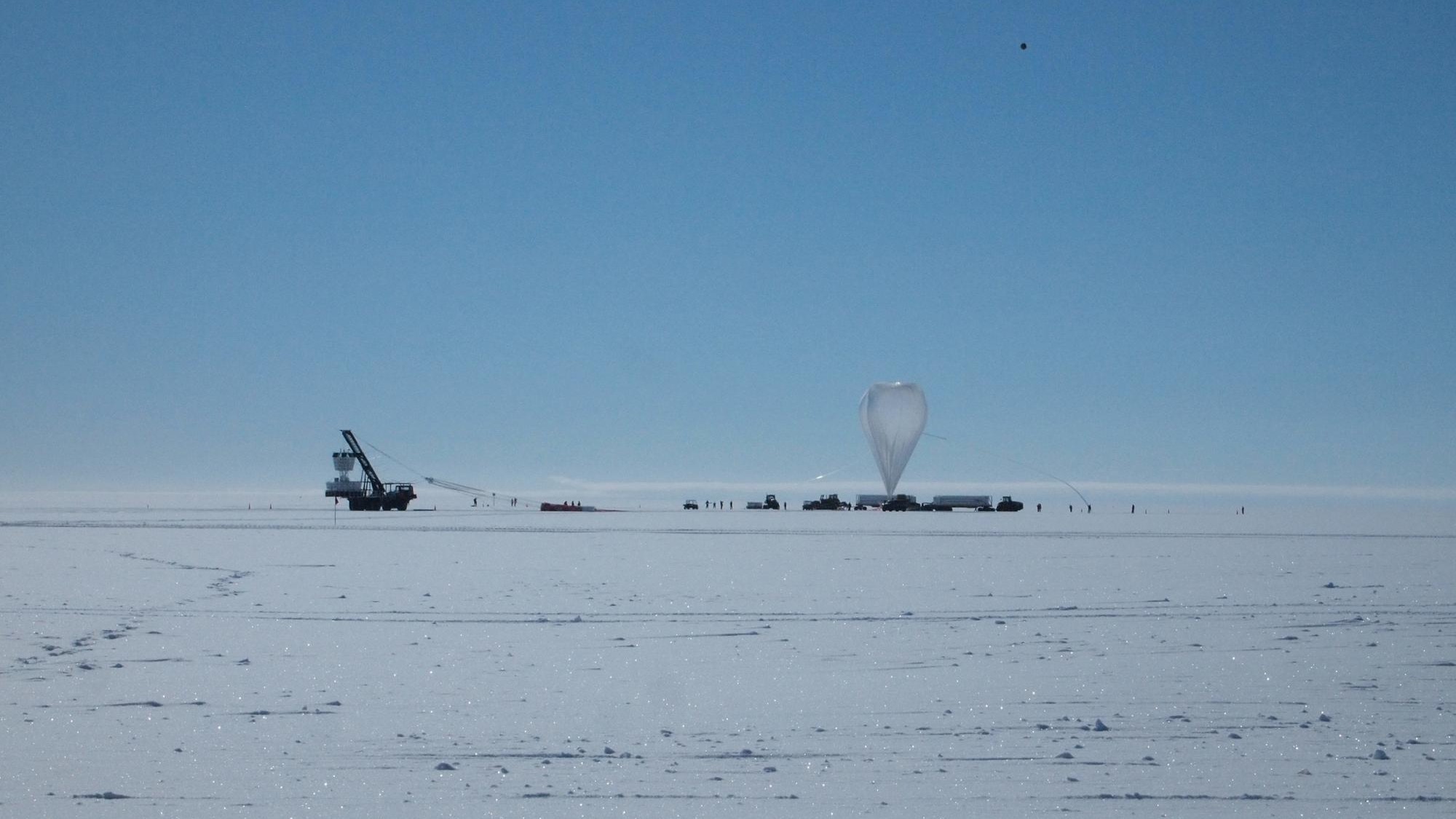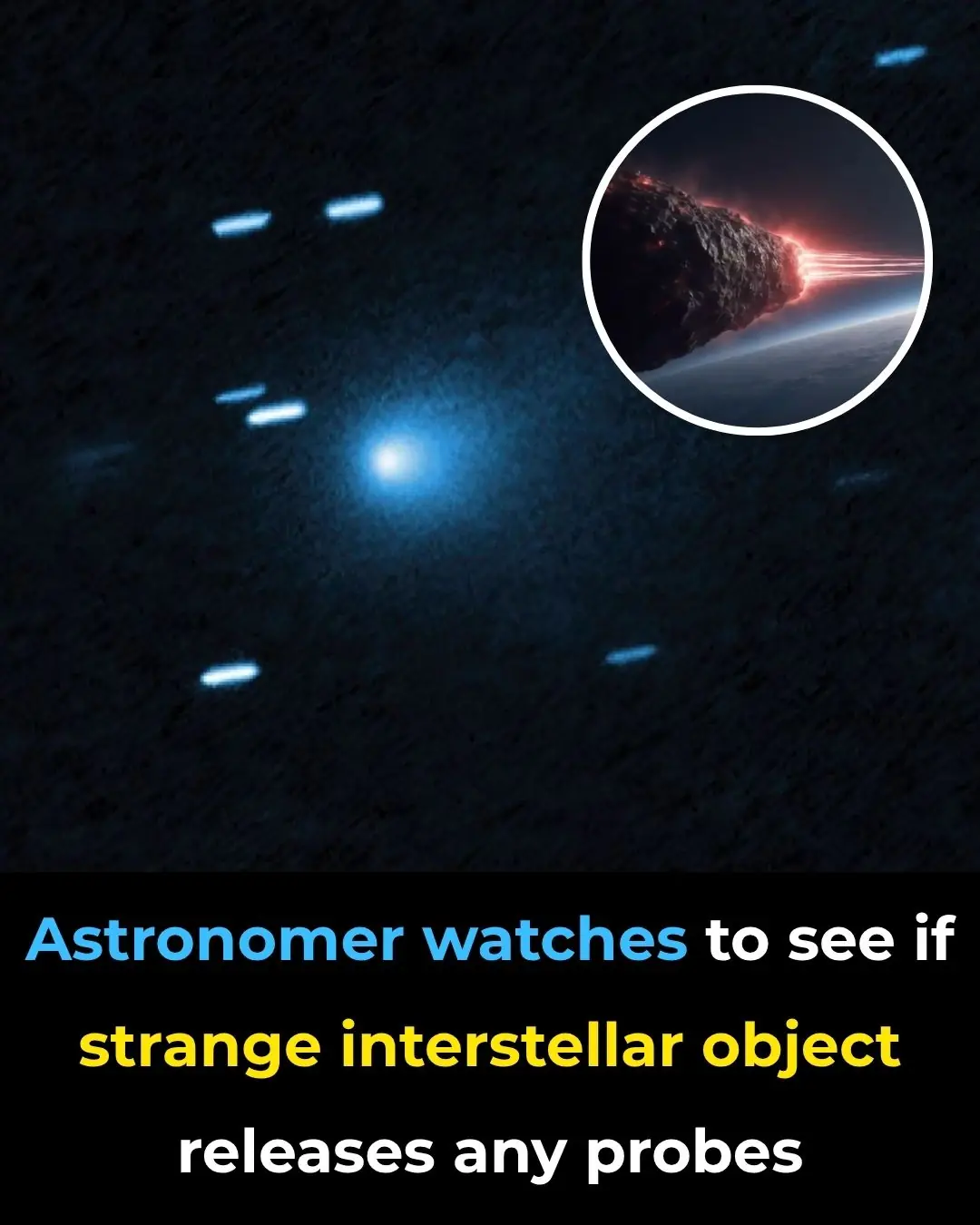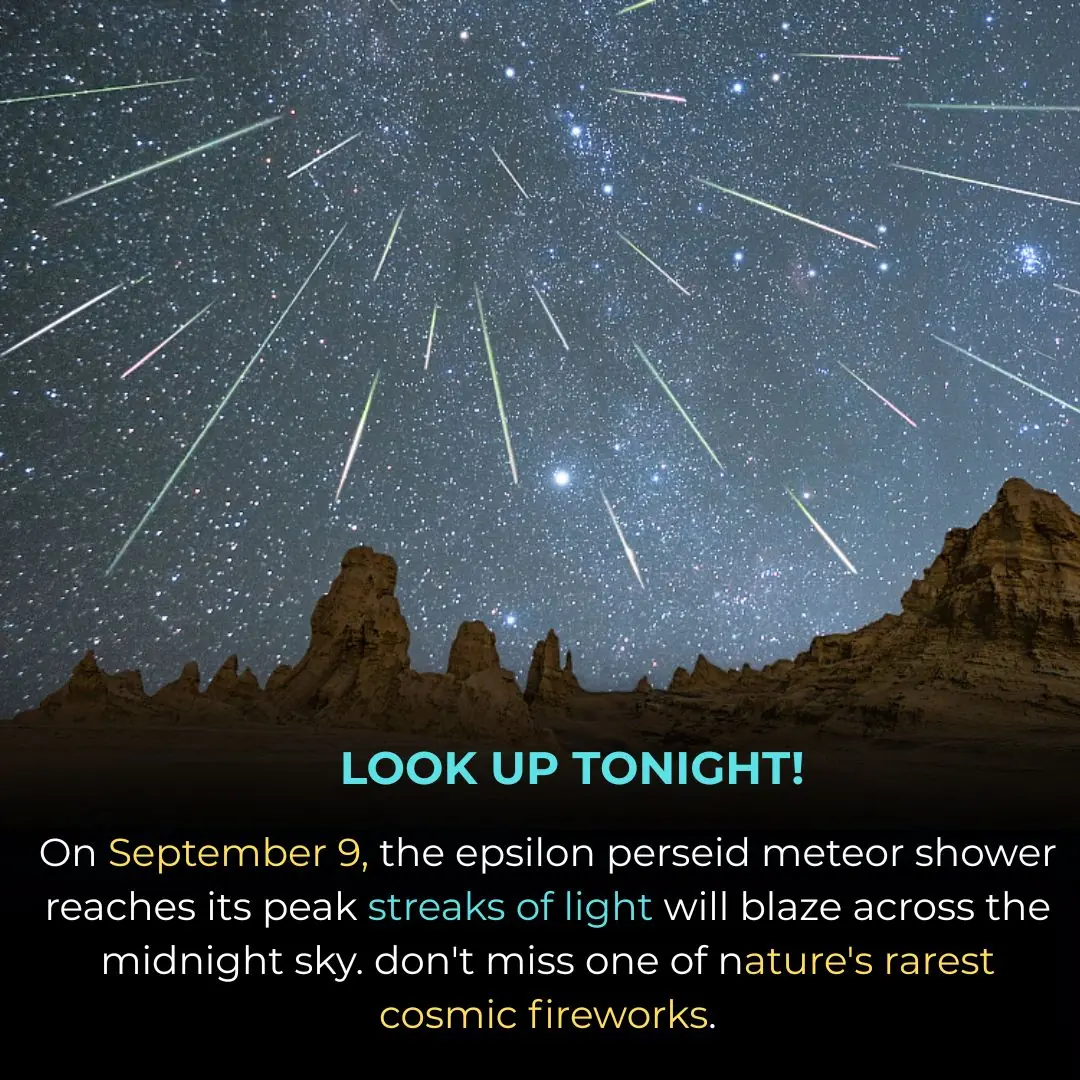
Bizarre radio signals that defy physics detected under Antarctica: ‘It’s one of these long-standing mysteries’

Instruments floating high above the icy surface of Antarctica have picked up puzzling radio wave signals that seem to break the fundamental laws of particle physics. Now, scientists are racing to uncover the source of these strange pulses — and they may be on the verge of a discovery that could reshape our understanding of the universe.
More than 18 miles (29 kilometers) above the South Pole, a NASA balloon experiment known as ANITA (Antarctic Impulsive Transient Antenna) detected two mysterious radio pulses emanating not from space — but from beneath the Antarctic ice sheet. What makes these detections so intriguing is that, according to current models of particle physics, such signals shouldn't exist.
Signals from Beneath the Ice… That Shouldn’t Be There
These radio pulses were measured coming from roughly 30 degrees below the surface of the ice — an angle that suggests they traveled through thousands of miles of dense Earth material, including rock and ice. According to the Standard Model of particle physics, this is effectively impossible. Particles or radiation passing through that much solid matter should be absorbed or deflected long before they reach the surface. Yet, somehow, these signals survived the journey and were detected with surprising clarity.
The team, comprised of international researchers, used data from the Pierre Auger Observatory in Argentina — one of the world's largest cosmic ray detectors — to help rule out some potential causes of the anomaly. Their findings, published in the journal Physical Review Letters on March 27, add weight to the mystery.
“This is an interesting and persistent problem because we still don’t actually have an explanation for what those anomalies are,” said Stephanie Wissel, a particle physicist and co-author of the study.
Not Neutrinos, Not Noise
The ANITA experiment, which uses 24 radio antennas suspended from a high-altitude balloon, was originally designed to detect neutrinos — ghost-like subatomic particles that barely interact with matter. Because neutrinos have almost no mass and carry no electric charge, they can travel through entire planets without leaving a trace, making them notoriously difficult to study.
While neutrinos might seem like a good candidate for explaining these signals, Wissel clarified that this is highly unlikely. Models predict that neutrinos would produce signals from angles far steeper than 30 degrees below the surface. The detected radio pulses simply don’t match neutrino behavior. “They’re most likely not representing neutrinos,” Wissel said.
To be thorough, the research team used complex simulations and statistical models to eliminate other possible explanations — including instrumental noise, data glitches, and known particle interactions. They also cross-referenced data from similar experiments around the world, but found no matching anomalies that could help crack the case.
This has led researchers to consider that the pulses might be coming from particles or forces beyond the Standard Model — the well-tested framework that currently explains how particles behave at the subatomic level. If this is the case, it could mark a groundbreaking moment in physics.
“There are theorists proposing some beyond-standard-model interactions involving exotic types of particles,” said Benjamin Flaggs, a physics Ph.D. student at the University of Delaware and a co-author on the paper.
Could It Be Dark Matter — or Something Else Entirely?
If neutrinos are off the table, what else could be producing these strange pulses? Some researchers are eyeing dark matter — the elusive, invisible substance that makes up about 27% of the universe. While dark matter has never been directly observed, its gravitational effects are undeniable. It's possible that unknown interactions involving dark matter could be responsible for these signals.
Wissel herself leans toward a different explanation: that these anomalies might reveal some unknown behavior of radio waves under extreme conditions — perhaps something that current physics doesn't yet account for. However, she admits there is currently no concrete evidence to support this idea either. “So right now, it’s one of these long-standing mysteries,” she said.
The Next Step: More Data, More Precision
To get closer to the truth, researchers are preparing a new balloon-based observatory known as the Payload for Ultrahigh Energy Observations (PUEO). This next-generation instrument is equipped with even more sensitive detectors designed to capture rare, high-energy particles and radio pulses from extreme cosmic events.
Scheduled to launch from Antarctica in December, PUEO is expected to detect many more of these anomalies — or at least provide the kind of data that can help scientists better understand the ones already observed.
“The more data we can get, the better we can refine our models and reduce statistical uncertainty,” Flaggs said.
For the scientific community, these anomalies represent more than just unexplained signals — they may be a gateway to new physics. Unlocking their source could lead to discoveries about the structure of the universe, unknown particles, or even new dimensions.
“We haven’t discovered everything yet,” Flaggs added. “And that’s what makes this so exciting. These are problems that no one else has figured out before.”
News in the same category


Elon Musk Calls on 226 Million Followers to Cancel Netflix Amid Surging Boycott Movement

Officer Breaks Car Window to Rescue Baby – Then Realizes It Was a Mistake

Scientist Watches to See If Strange Interstellar Object Releases Any Probes

Prime views of the Andromeda Galaxy and Ceres—October 2

Prime views of the Andromeda Galaxy and Ceres—October 2

September 9 Meteor Shower: Epsilon Perseids to Dazzle the Night Sky

Gas Giants of the Solar System: Jupiter, Saturn, Uranus & Neptune

YouTuber destroys new iPhone Air with a blowtorch to test its durability

GameStop issues promising statement following Xbox Game Pass price hike

1st solar eclipse of 2025 puts on stunning show for skywatchers around the world (photos)

10 Safest Countries to Visit in Europe

Majestic Peaks: Top 10 Mountains to Visit in Europe

Explore the Best of Britain: 12 Epic UK Road Trip Ideas

Tomorrow Island (Russia) and Yesterday Isle (USA) Are Just Three Miles Apart But There’s a 21-Hour Time Difference Between Them

The Mighty Moss: Nature’s Unsung Superhero

Demystifying Oxygen Production: Oceans vs. Amazon Rainforest

Do Not Do This On Your Glass Stove
News Post

A simple tip on how to grow ginger using cement bags, never had such a good yield of ginger

Blanching pork in boiling water, you think it's clean but it absorbs more dirt: This is the right way to do it

Married at First Sight UK fans crown 'best match' after two weeks

Selena Gomez’s kidney donor, Francia Raisa, addresses wedding snub and feud rumors

David Ortiz sparks awkward moment on Fox postgame show: ‘Sounds like Hitler’

Crabgrass for Hair Loss: Natural Remedies and Uses

The Ultimate Healing Tonic: A Powerful Drink to Combat Swollen Feet, Diabetes and Poor Circulation

Goosegrass: Health Benefits and Uses

How to grow ginger at home to have an endless supply (and make it flower)

Asthma Plant Tea – Benefits and Uses of Euphorbia hirta

Chanca Piedra (Stonebreaker): Benefits and Uses

7 benefits and uses of Plantago Major

Chanca Piedra (Stonebreaker): Benefits and Uses

A Call for Help at 2 AM: How One Officer Changed a Boy’s Life with Compassion

Ten Minutes From Tragedy—A Dog’s Warning Changed Everything!

Teen Builds $500 Dialysis Machine That Works Faster Than Hospital Models

A Split-Second Decision: Mother’s Quick Thinking Saves a Child

A Letter from My Doggy Heart

The Honey Heist: Bear Cub Breaks Into Store and Naps After Feast
